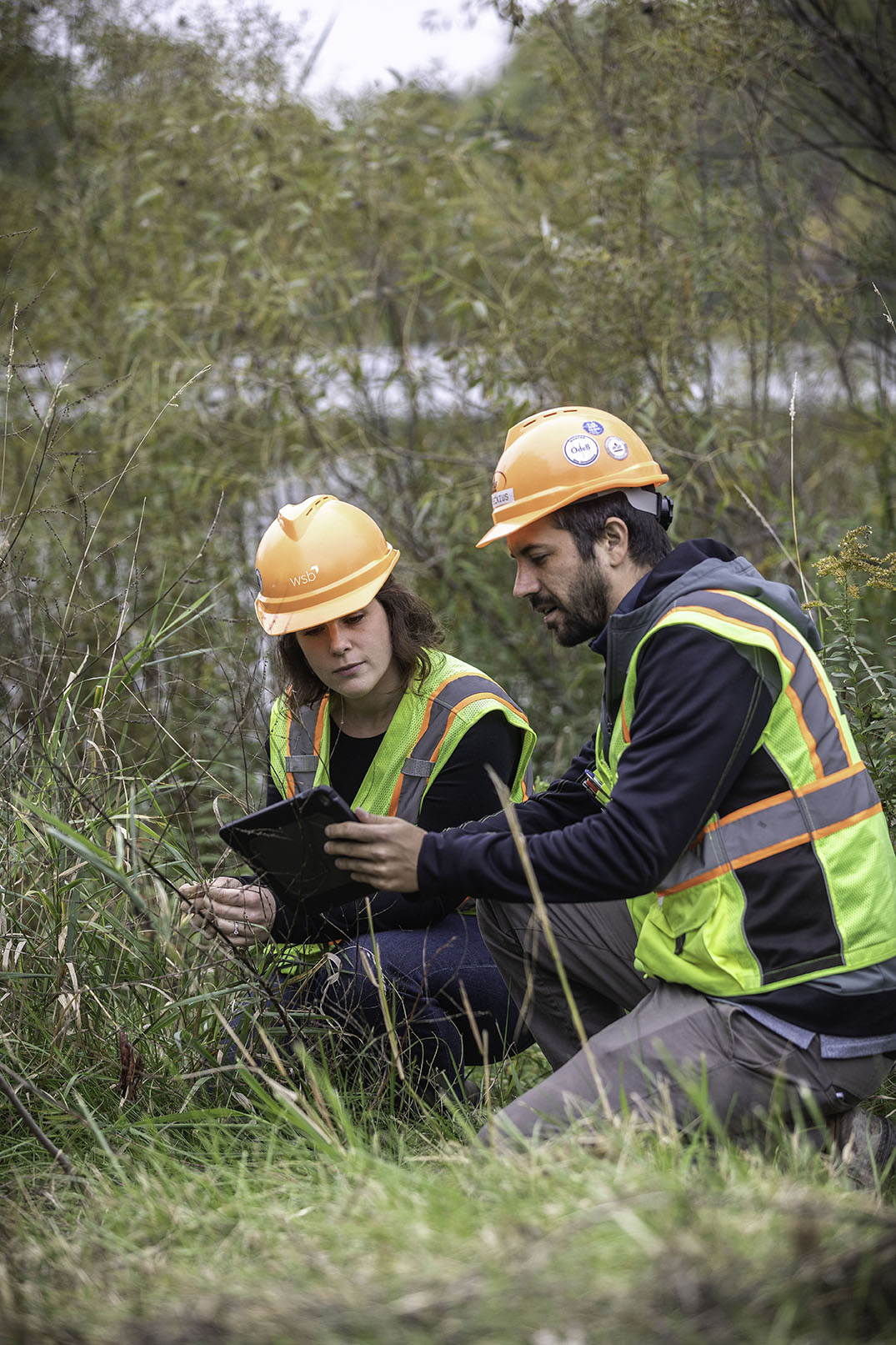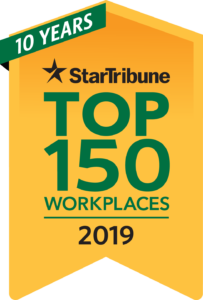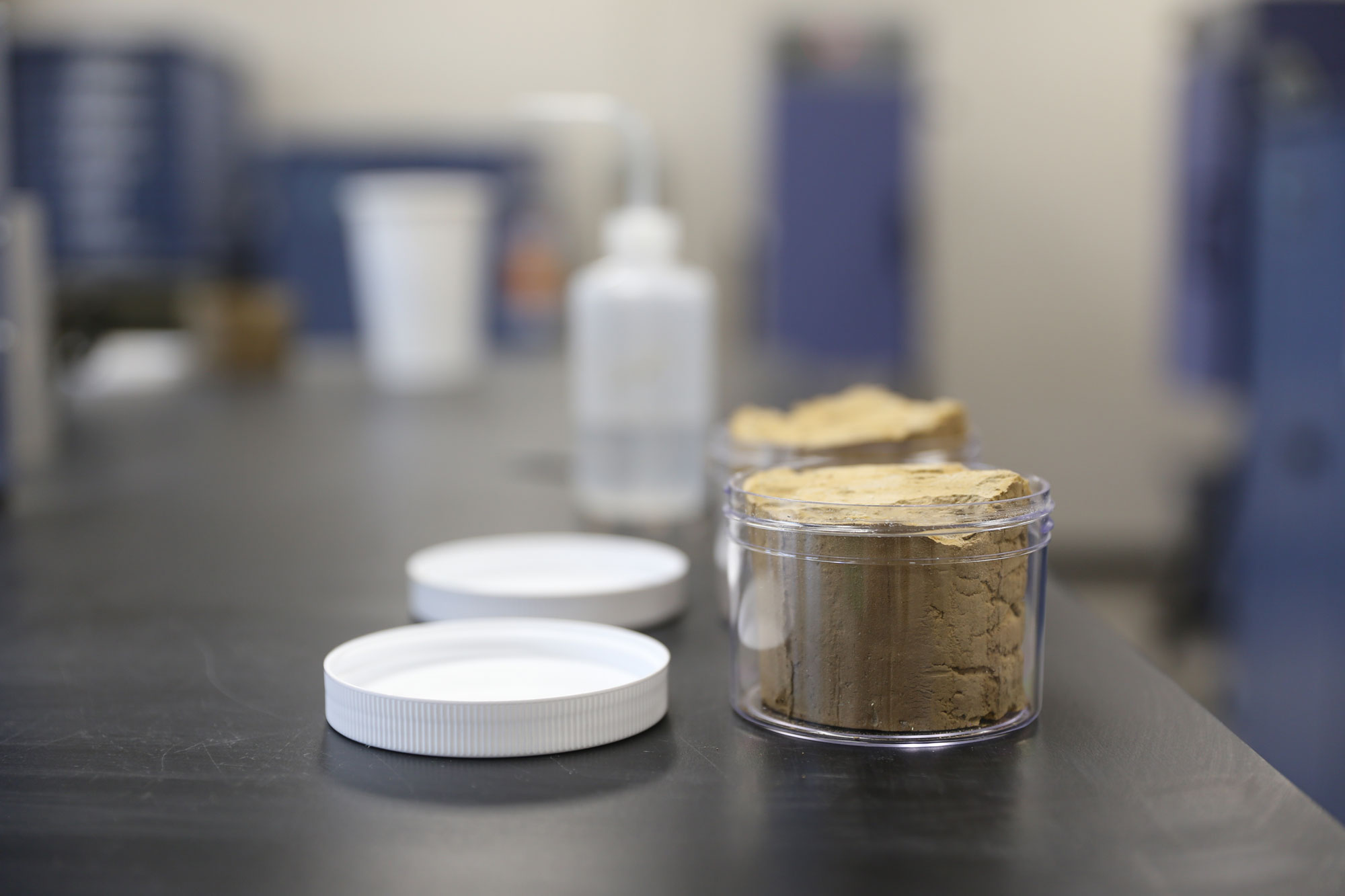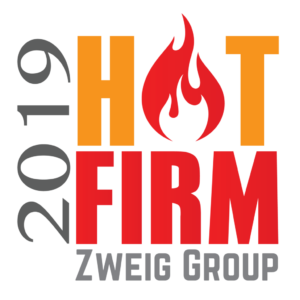
Eight WSB staff members pass Professional Engineer exam
June 27, 2019
Minneapolis, Minn. – WSB is pleased to congratulate eight team members who recently passed their Professional Engineer exam. The Principles and Practice of Engineering exam is an examination required to become a Professional Engineer in the United States. To become licensed, engineers must complete a four-year college degree, have at least four years of relevant work experience and pass two intensive competency exams.
According to the Society of Women Engineers, only 13 percent of engineers in the workforce today are women. In recent years, WSB has been working on diversity and inclusion efforts both inside the company and throughout the AEC industry. Four of the eight new Professional Engineers are women.
Meet our newest Professional Engineers:
Dylan Casey, PE
Dylan Casey recently joined WSB from the Montana Department of Transportation where he worked as a civil engineering specialist. At WSB, Dylan will specialize in field and construction engineering.
Chris Bunders, PE
Chris Bunders is a lead design engineer who specializes in planning and civil engineering for transportation, transit and municipal projects in Minnesota.
Lydia Ener, PE
Lydia Ener is a municipal engineer who specializes in feasibility reports, utility design, drafting, community engagement and construction observation and has partnered with many cities throughout the Twin Cities metro.
Alex Miller, PE
Alex Miller is a municipal engineer who works closely with cities in Minnesota to help solve their infrastructure problems. Alex specializes in residential construction projects and she was recently named the Young Engineer of the Year by the Minnesota Society of Professional Engineers in 2018.
Austin Becker, PE
Austin is a professional engineer in WSB’s Bismarck office. His experience includes transportation design for both the public and private sectors, as well as construction inspection in linear highway and municipal settings. He has worked on both large and small-scale transportation systems on both state and county roadways.
Veronica Kubicek, PE
Veronica Kubicek is a professional engineer in WSB’s Bismarck office who specializes in inspection, sign data collection, utility coordination, roadway design and plan development. Veronica takes a tech-forward approach to design work and relies on several digital design programs to bring projects to life.
Evan Schnitker, PE
Evan Schnitker is a professional engineer who specializes in the design and completion of transportation infrastructure projects. Evan’s experience extends from preliminary design through final design and construction administration.
Stephanie Hatten, PE
Stephanie Hatten is a professional engineer with experience in water resource planning and engineering including surface water plan updates, long-range planning and stormwater best management practices. Stephanie is also a Certified Floodplain Manager and assists with floodplain management and agency permitting.








 WSB was recently named a 2019 Hot Firm by the
WSB was recently named a 2019 Hot Firm by the